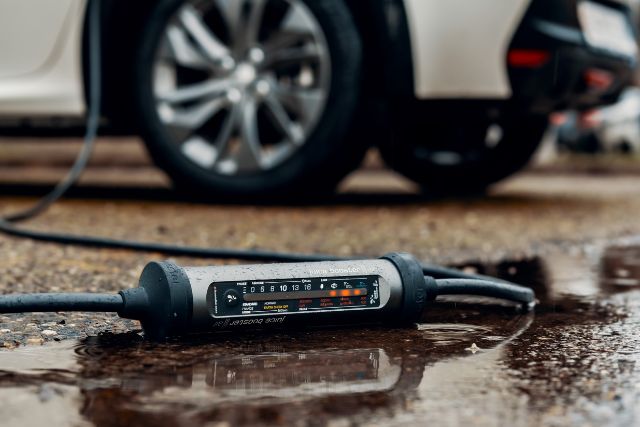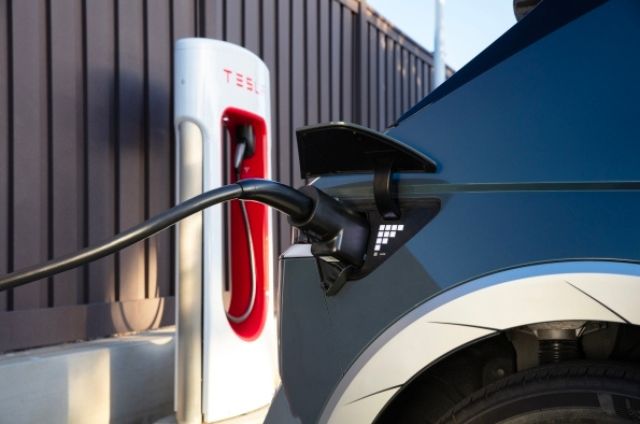As electric vehicles (EVs) become more popular, understanding the intricacies of their battery systems becomes essential for both current and potential owners. One common question that arises is, “When an EV battery loses capacity, does it take less energy to charge the battery?” Let’s break down this concept to clarify how battery capacity impacts charging requirements.
Over time, EV batteries can lose their potential due to various factors, including age, temperature, and charging habits. For instance, a battery that originally had a capacity of 60 kWh may degrade to hold only 50 kWh after several years of use. This reduction means that the battery can store less energy than when it was new.
Charging a Degraded Battery: What to Expect
When charging a battery that has lost some of its potential, it’s important to note that the amount of energy needed to reach that new maximum capacity remains significant. For example, if your degraded 50 kWh battery is at a 20% state of charge, you’ll need to input about 40 kWh of energy to fully charge it.
In this scenario, even though the battery’s capacity has decreased, the energy required to charge it to its maximum capacity remains relatively high. The key takeaway here is that while it may seem like less energy is needed due to the lower maximum capacity, the energy input still aligns with the battery’s current state of charge.
Energy Efficiency Matters for Capacity
Another crucial aspect to consider is energy efficiency. A degraded battery often experiences increased internal resistance, which can lead to energy losses during charging. This means that while the maximum capacity may be lower, you might actually need slightly more energy to achieve a full charge compared to when the battery was in its prime condition.
So, when an EV battery loses capacity, it doesn’t necessarily take less energy to charge it to the new maximum. Although the reduced capacity means a smaller total energy requirement, the energy needed to fill it up to that lower threshold can still be significant. Moreover, increased internal resistance may make charging slightly less efficient.
Understanding these dynamics can help EV owners make informed decisions about battery care, charging habits, and expectations regarding vehicle performance over time. Keeping your battery healthy through mindful charging practices can enhance your EV experience and prolong the life of your vehicle.



